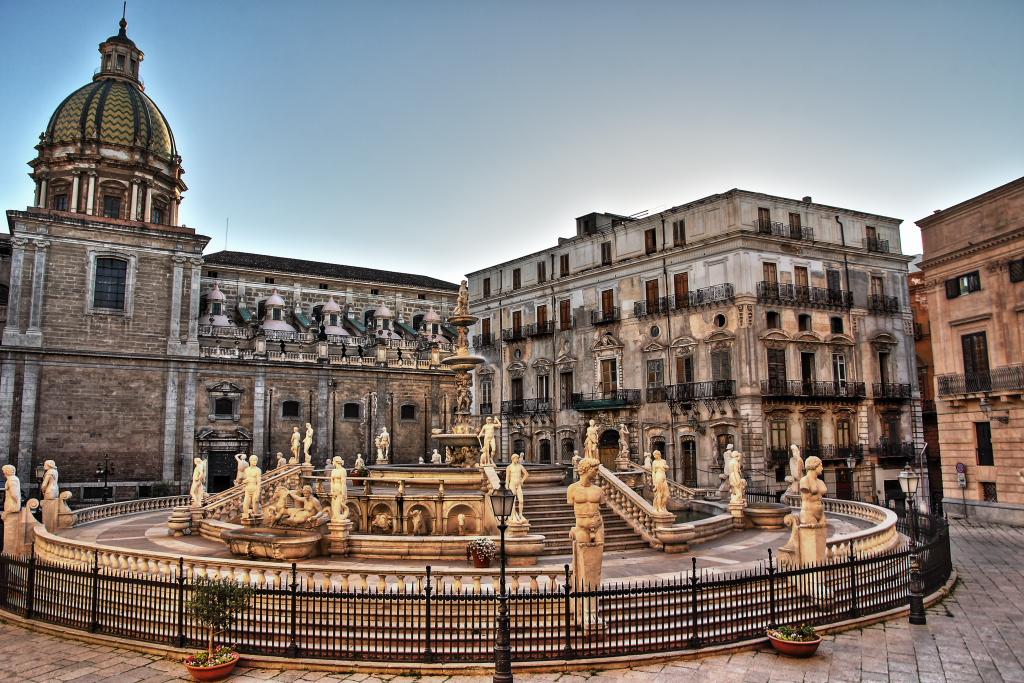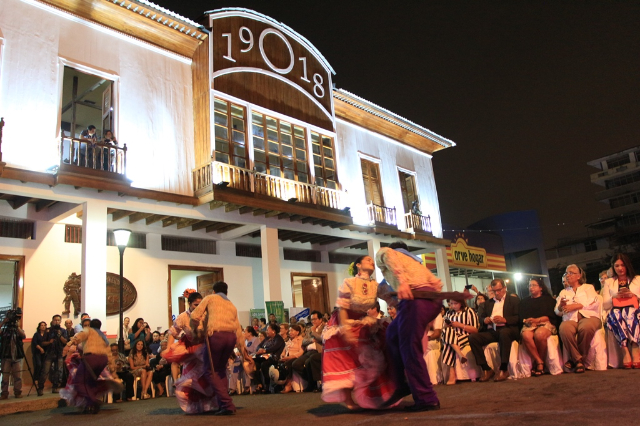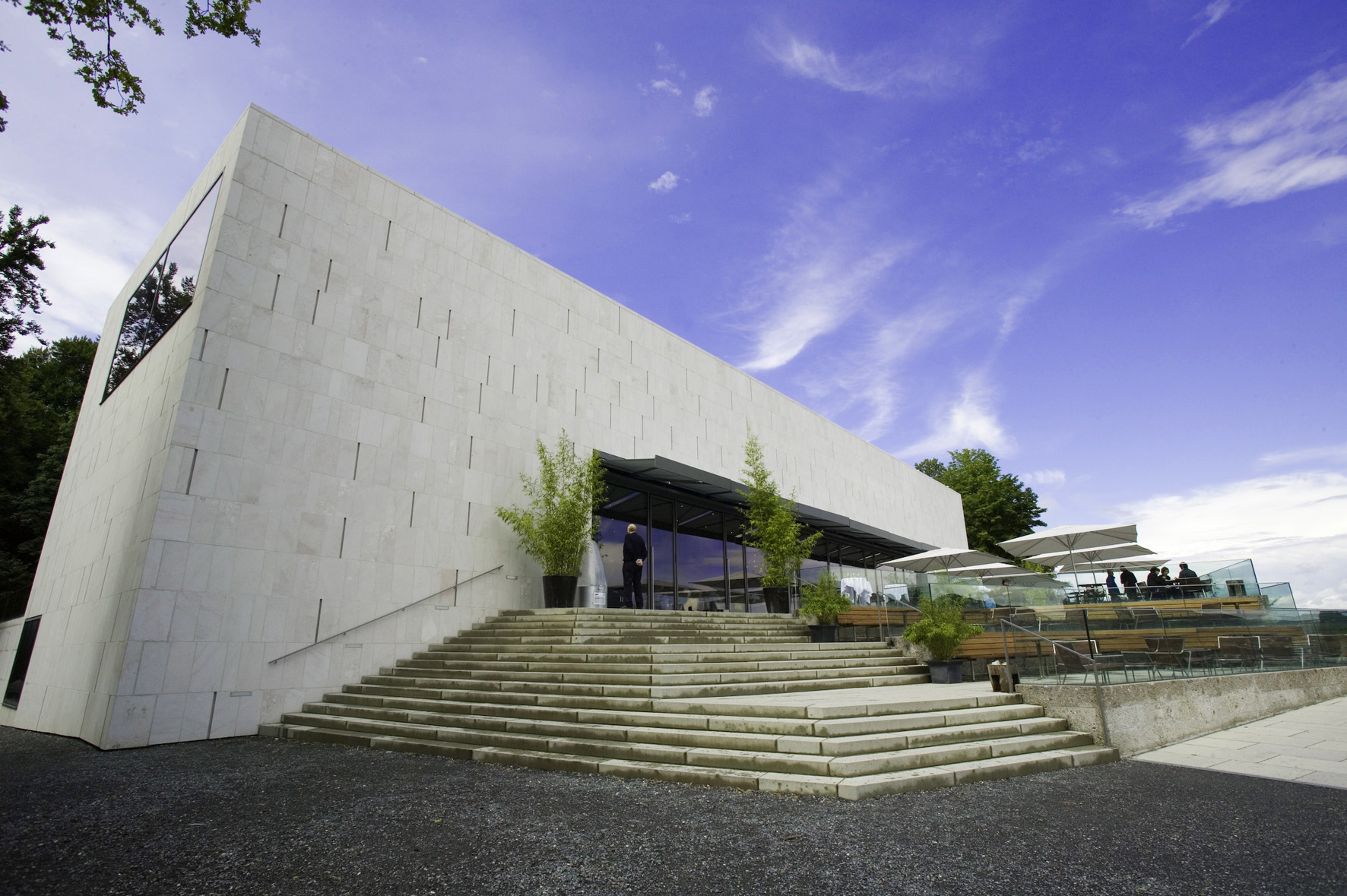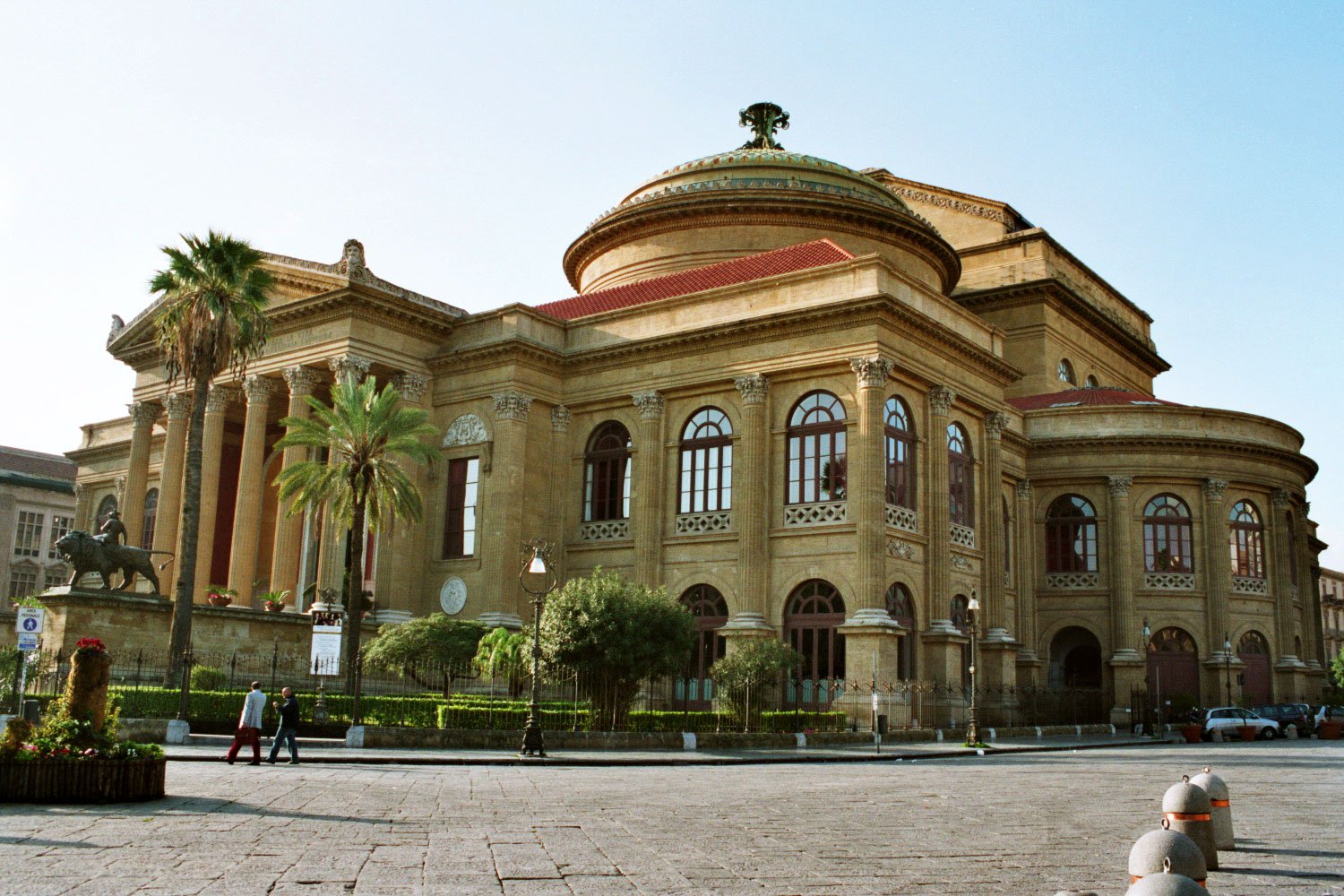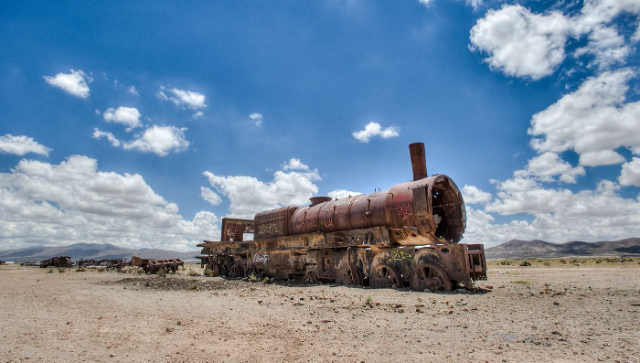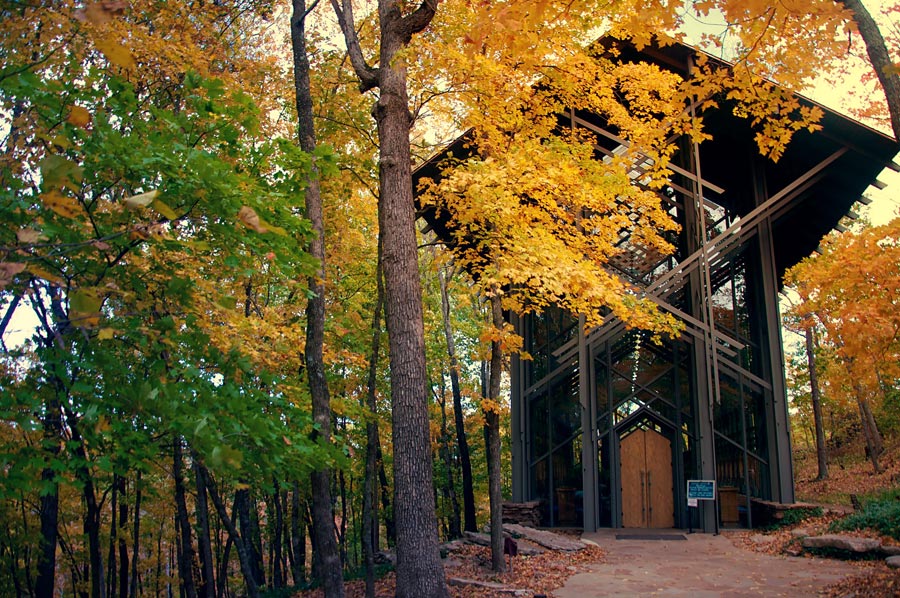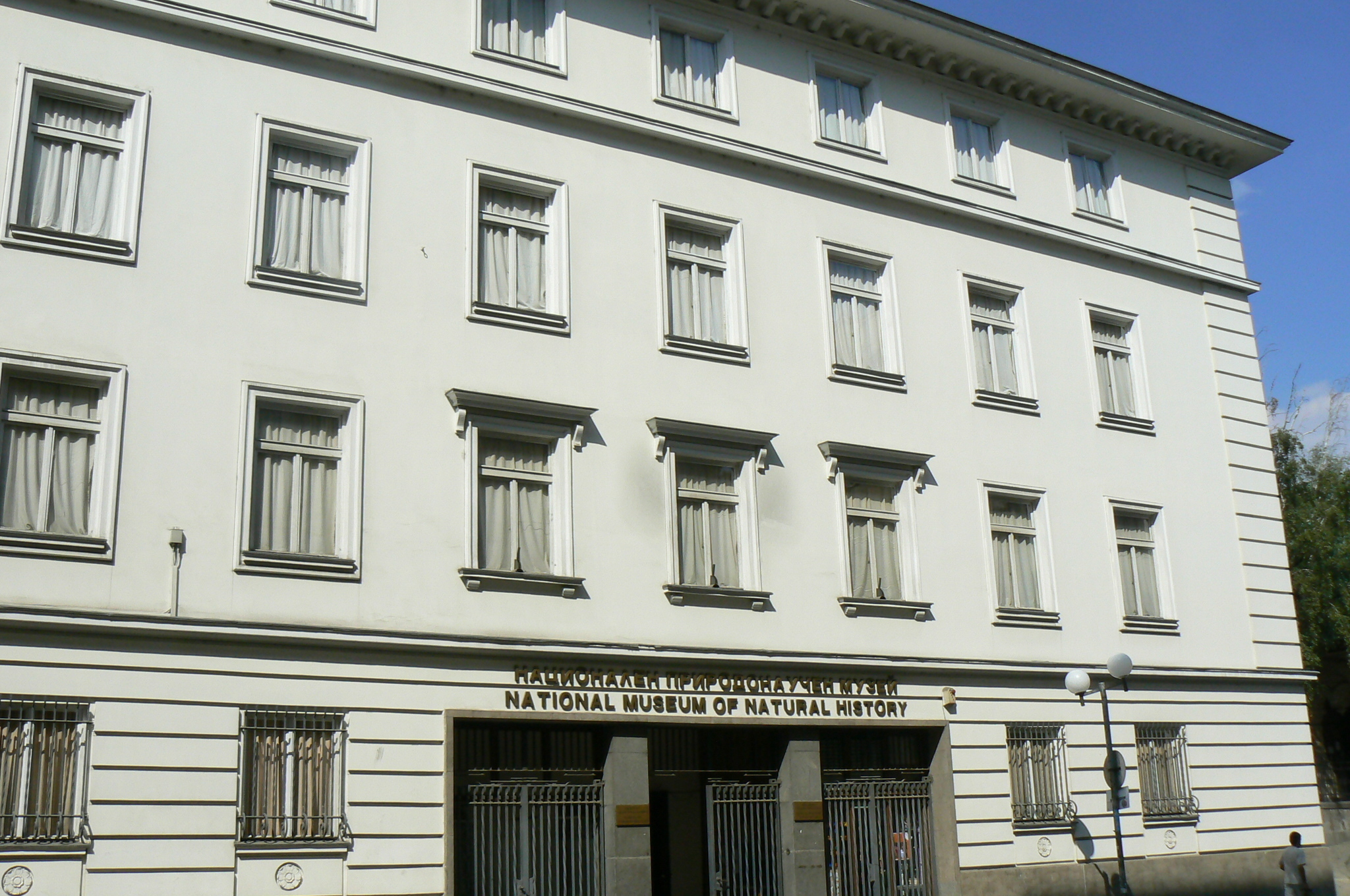The Pretoria Fountain, located in the square of the same name in Palermo, is one of the most representative symbols of the Sicilian capital, considered by many to be one of the most beautiful fountains in Italy. Renamed by the people of Palermo as "Piazza della Vergogna," because of the nudity of the statues that compose it, its history is quite unique and deserves to be told. Perhaps not everyone knows that initially this fountain was designed and built in Tuscany, and then later transported to Palermo.
It all began in the mid-1500s, when Spanish nobleman Don Luigi Toledo, brother of Duchess Eleonora di Toledo and father-in-law of Cosimo I de’ Medici Grand Duke of Tuscany, decided to embellish the garden of his villa in Florence with a monumental fountain. The work was entrusted to sculptors Francesco Camilliani and Michelangelo Naccherino and included 48 statues representing mythological figures and cherubs. But in 1552 Don Luigi Toledo died and his son, up to his neck in debt, decided to put the fountain up for sale. It was not difficult to find a buyer, as the fountain was considered by many to be a masterpiece of art, and so it was purchased by the Palermo senate to be placed in front of the Praetorian Palace. The senate cared so much about this masterpiece that several houses were even demolished in order to make room for the monument.
And so the fountain was disassembled, loaded onto ships, brought to Palermo, and then reassembled under the supervision of Camillo Camilliani, son of Francesco, who completed his work in 1581.
In the center of the fountain we find a cherub pouring water, nicknamed "The Genius of Palermo," while all around are statues representing various mythological figures, such as Venus, Adonis, Hercules, Bacchus, Apollo, Diana and Pomona and an allegorical representation of Palermo’s rivers: the Oreto, Papireto, Gabriele and Maredolce.
